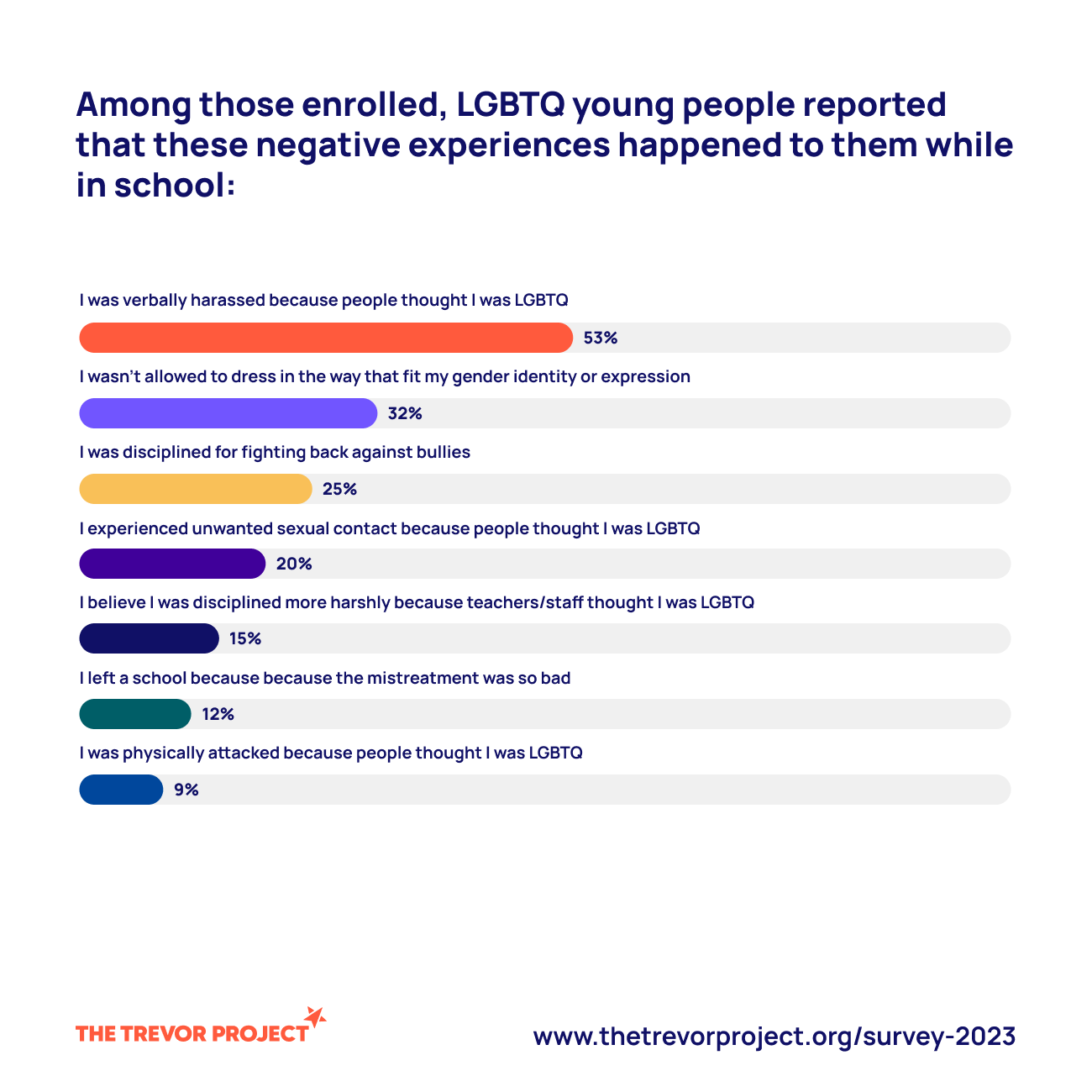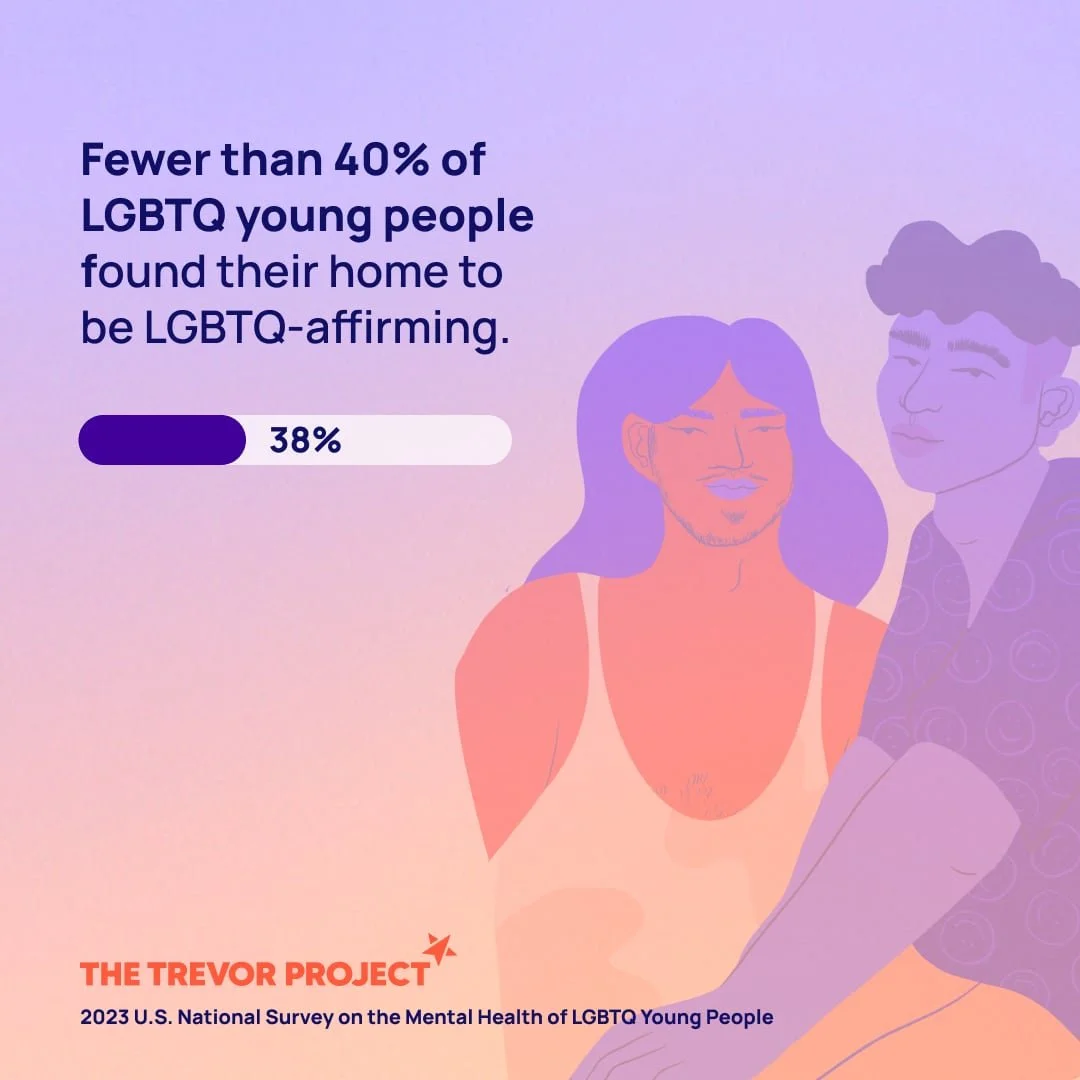YESS for Youth
We are YESS: Youth Empowerment Support & Safety
Serving the Iron Range from Grand Rapids to Ely and International Falls to Cotton.
To sign up for our newsletter, please email Rose at yessforyouth@gmail.com and let her know if you are a youth (14-20) interested in our programming or a community supporter.
The YESS Mission
To provide programs and activities to enrich, empower, strengthen, and make visible the unique lives and experiences of LGBTQIA2S+ people and to facilitate public understanding and acceptance of LGBTQIA2S+ people and their contribution to society. Our vision is to provide an inclusive and safe environment, which encourages and facilitates a world in which LGBTQIA2S+ people are affirmed, respected, and included in the full social and civic life of their local communities, free from fear of discrimination, rejection, and prejudice and to provide education and guidance to foster an accepting diverse and respectful community.
We are currently funded by the Northland Foundation, Pfund, and the Blandin Foundation. Our goal is to move toward more public funding in the future. If you have ideas or suggestions, please contact Marlise Riffel, our Board President.
Why We’re Here
YESS is the only provider offering support services for LGBTQIA2S+ youth on the Iron Range. In this period of political and social upheaval, these rural youth need increased support. According to the UCLA School of Law, Williams Institute, LGBT youth in the United States, ages 13-17, represent 9.5% of the age 13-17 population. On the Iron Range, using Minnesota Compass IRRR data on population, there are 14,218 youth ages 10-17 (data not available in the 13-17 breakdown). We serve youth to age 21, and the service area population age 18-24 is 10,906. Given these numbers, we estimate that youth in the 10-21 age categories we serve total approximately 19,671. Applying the 9.5% estimate from the Williams Institute, there are at least 1.869 LGBT youth on the Range.
That figure doesn't include other identities from within LGBTQIA2S+ such as non-binary, gender-fluid folks. The most recent Minnesota Student Survey, a rich source of information about Minnesota’s school attending youth, reveals that a full 24% of youth in 8th, 9th and 11th grades identify as a sexual orientation other than “straight” when asked about sexual orientation. With regard to gender identity, only 48% identified as cisgenders boy/man and 44% as cisgender girl/woman. Which means other queer gender identities make up 8% of the gender identity spectrum. These are substantial numbers in a system that, since January 2025, is moving to erase every category that is not cisgender and straight.
What we know from talking with the youth we serve is that they are very frightened, very stressed, and that they are being bullied at school more than they were last year. Mental health services, especially for youth without insurance, is a challenge. One remote service provider takes referrals for tele-health counseling and we are grateful for that. According to the Human Rights Campaign’s 2023 LGBTQ+ Youth Report, “The mental health disparities between LGBTQ+ youth and non-LGBTQ+ youth continue to be an alarming trend. Today’s LGBTQ+ youth face a variety of stressors — harassment, family and peer rejection, bullying from their peers, isolation and a lack of a sense of belonging — that have a major impact on their overall well-being.
Compared to their non-LGBTQ+ peers, LGBTQ+ youth report much higher rates of depression, anxiety, and lower self-esteem than their cisgender and heterosexual peers, as well as higher rates of maladaptive coping mechanisms such as substance use. Data from the present study, which included the clinical screening tools, the PHQ-2 (to screen for depression), the GAD-2 (to screen for anxiety), and the PHQ-4 (to screen for psychological distress), reveals that many LGBTQ+ youth are experiencing a mental health crisis.” We certainly see this in rural Iron Range youth who are isolated anyway due to their rural residence and lack of a regional public transportation system. (source for Table 17 Depression Anxiety and Stress-HRC.org)
Thankfully, Minnesota has taken steps to preserve the right to health care that is inclusive and gender-affirming for these youth, but support from parents, transportation, and insurance are critical barriers to accessing that care.
Housing services for LGBTQIA2S+ unhoused youth are very difficult to find. According to the National Network for Youth (nn4youth.org), “Research has shown that those who identify as lesbian, gay, bisexual, transgender, or questioning (LGBTQ+) have a 120% higher risk of experiencing some form of homelessness. They are at high risk for family rejection, physical assaults, and sexual exploitation in shelters and on the streets. Providing safe, supportive, and welcoming environments for LGBTQ youth is essential for reaching this vulnerable population.”
LGBTQIA2S+ youth also experience food insecurity at a higher rate than their peers. We have many clients whose parents refuse to feed them as part of their rejection of their child’s sexual orientation and/or gender identity. Youth who come to in-person support groups are always hungry and it is important for us to have nutritious, especially high protein snacks available for them. Often we have to purchase groceries for youth to feed themselves. According to the UCLA Williams Institute, LGBTQ youth experience food insecurity, noting that “One in five (20.1%) LGBT high schoolers in a three-state sample experienced hunger in the last 30 days because there was not enough food at home. In comparison, 15.7% of their non-LGBT peers experienced hunger because there was not enough food at home.” This can be related to household income, but it is also often related to parental rejection of LGBTQ youth and their needs.
So YESS is here and we strive to meet as many needs as we can.
Thank you for your support.





